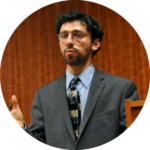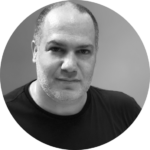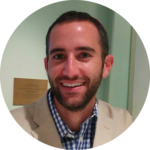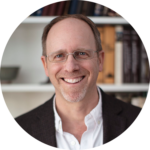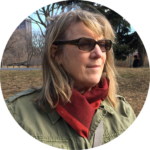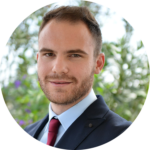
First Jewish presence: 900 CE; peak Jewish population: approximately 3,500 in 1890; Jewish population in 1933: 2,780
The earliest record of a Jewish presence in Mainz is dated 900 CE, but it is likely that Jews settled in the area earlier. Mainz, a center of Jewish learning throughout the Middle Ages, was home to many prominent rabbis and scholars, including Rabbeinu Gershom Me’or Hagolah. In 1150, the rabbinates of Speyer, Worms and Mainz created a federation (referred to by the acronym SHUM) to serve as a high court for the Jews of Germany. The Mainz community was not only persecuted, but destroyed on several occasions and expelled on others; the Crusader massacre of 1096 is commemorated in Jewish elegies. Jews were allowed to resettle in Mainz in 1583, after which a community—it was affiliated with Bingen until 1630—began to develop. Mainz Jews lived in a ghetto until 1792. The community of the Middle Ages maintained synagogues and an important yeshiva, but its houses of worship were burned down or confiscated during the aforementioned persecutions. Mainz’s Jewish community opened a small synagogue in 1639 and a larger one in 1673, the latter of which was enlarged and renovated in 1717 and again in 1773 (it was eventually converted into a community center). In 1856, three years after the community inaugurated a new synagogue in which the use of an organ and other reform practices were introduced, Orthodox Jews founded a meeting place for their own congregation on the corner of Flachsmarkt and Margarethenstrasse; renovated in 1879, this synagogue was enlarged to accommodate 300 worshipers. The mainstream community inaugurated a new synagogue on Hindenburgstrasse in 1913, with 580 seats for men and 482 for women. Finally, in 1929, the Orthodox congregation opened another new synagogue. Eastern European Jews conducted services in a prayer hall at 13 Margarethenstrasse (established in the 1880s). The first Orthodox rabbi was Marcus Lehmann, a leader of the German Orthodox separatist movement, who founded and edited its main newspaper, Der Israelit. Mainz-born Ludwig Bamberger was a leader of the 1848 revolution, and one of the main leaders of the German liberals (1823-1899). In 1933, Solomon Levi and Moses Bamberger were rabbis of the mainstream and Orthodox communities, respectively. Several Jewish associations and branches of nation-wide Jewish organizations were active in Mainz. On Pogrom Night, the mainstream community’s synagogue was burned down. The interior of the Orthodox synagogue was destroyed, but the ensuing fire was extinguished. The Eastern Europeans’ prayer hall was destroyed and looted. Jewish homes and businesses were ransacked, a local Jew was killed, two committed suicide and 60 Jewish men were sent to Buchenwald. The Orthodox synagogue was demolished in 1939/40, after which services took place in the community center (2, Forsterstrasse) until the deportations. Mainz Jews were deported to Poland and Theresienstadt in 1942/1943. Somewhere between 1,300 and 1,400 Mainz Jews perished in the Shoah. The new Jewish community, founded by survivors in October 1945, opened a synagogue in 1947; in 1952, that synagogue was moved to the Forsterstrasse building, which had been returned to the community. The synagogue was renovated and enlarged in 1966, and a government office was built on the site of the mainstream community’s destroyed house of worship. In 1988, several of its original pillars were converted into a memorial.Nurit Borut
Copyright: Pogrom Night 1938 - A Memorial to the Destroyed Synagogues of Germany/ germansynagogues.bh.org.il
Notes
Sources: Alemannia Judaica, www.alemannia-judaica.de Pinkas HaKehillot Germania/ פנקס הקהילות גרמניה (Hebrew), [published by] Yad Vashem, 1992: Hesse,Hesse-Nassau, Frankfurt
Details
| Date Added | May 05, 2020 |
|---|---|
| Category | Residential |
| Country | DE |
| State | Rhineland-Palatinate |
| City | Mainz (Mayence, Magonza, Maguncia, Moguncja, Mohuč , Magentsa, Määnz, מיינץ, Mogontiacum) |
| Exhibits | Pogrom Night 1938 - A Memorial to the Destroyed Synagogues of Germany |
Have additional information, photos, connections, or other resources to contribute?
Help Us in the race against time to time document Jewish history!
